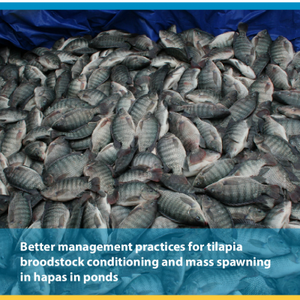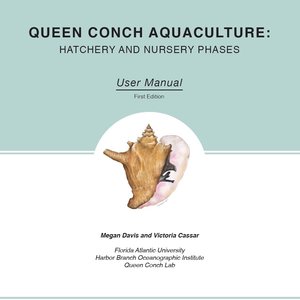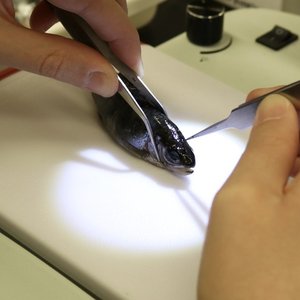Farmer’s manual on tilapia hatchery operation in Ghana provides a comprehensive step-by-step guide to running a tilapia hatchery operation. It includes advice on site selection, site preparation, hatchery design and construction, farming practices (broodstock management, spawning, sex reversal, hormonal feed preparation and feeding), fingerling harvesting and marketing, biosecurity and fish health management, good farm management practices and recordkeeping - all of which are critical elements of a successful tilapia hatchery operation.
Aquaculture has existed in Ghana since the 1950s, though the sector didn’t experience major growth until around 2000, when large-scale commercial production began. Today, it plays a key role in the nation’s prosperity, contributing to food security by augmenting domestic fish production and creating jobs. Even so, challenges that have historically plagued the sector and hindered growth remain pervasive. These include low technical know-how and a lack of quality inputs such as seed and feed. Although knowledge in the sector has increased over the years, small-scale farmers (most of whom are indigenous) continue to struggle with basic farming practices. As a result, they’re often faced with poor yields, which can ultimately lead to a farm’s collapse.
The Tilapia Seed Project, led by International Food Policy Research Institute (IFPRI), aims at accelerating quality tilapia seed production and dissemination in Ghana. Project stakeholders produced this manual to provide accurate direction to small-scale fish farmers in Ghana.










